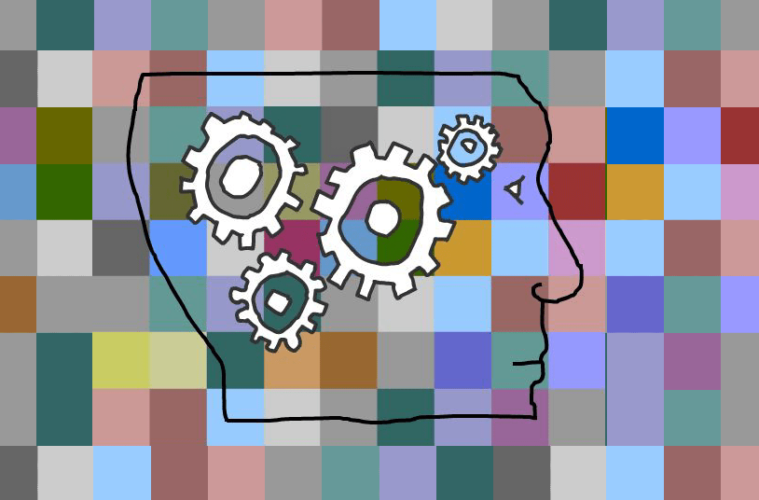Looking at art, like almost everything else in life, has been temporarily transferred online, and it’s kind of a problem. While it’s a fine way to get information, remediate your art history education, pop in on discussions and to some degree keep apprised of what your favorite artists are up to, the experience itself (even in the slightly better case of film and video) is a compromise and it feels that way.
So perhaps it’s no wonder that Net Art is having something of a renaissance. In a sense a site-specific art form, Net Art is intended to be seen and experienced — and in many cases, operationally interacted with — on the internet. No compromise required.
But Net Art is more than art work created for a digital platform, although it is that. It is a specific genre, in which the internet is not only the host but the source of raw materials from which the work itself is created. Its history dates back to the first heady days of the internet’s existence, when forms of data visualization, appreciations for the randomness of digitally native bricolage, ephemerality and the shock of the new were understandably appealing to the artists of that time. And of course, of this time.
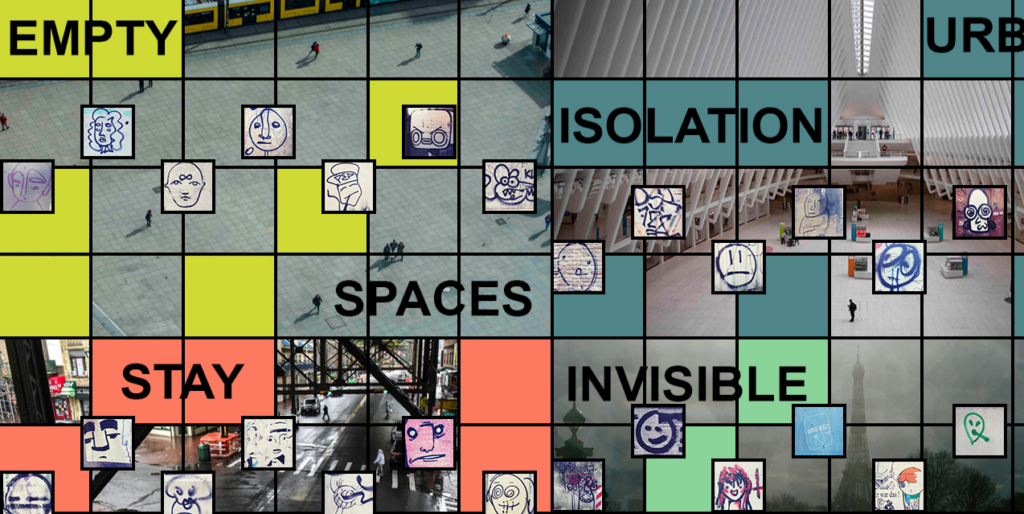
Jody Zellen, Ghost City
Jody Zellen has been experimenting with internet- and app-based art for years already, forging interactive and animated works expressing the juxtapositional quality of the information stream, the fragmented nature of content drowning in the overload, the agency of the scrolling finger and tapping cursor, and the ways in which this visual language can both express and critique modern consciousness.
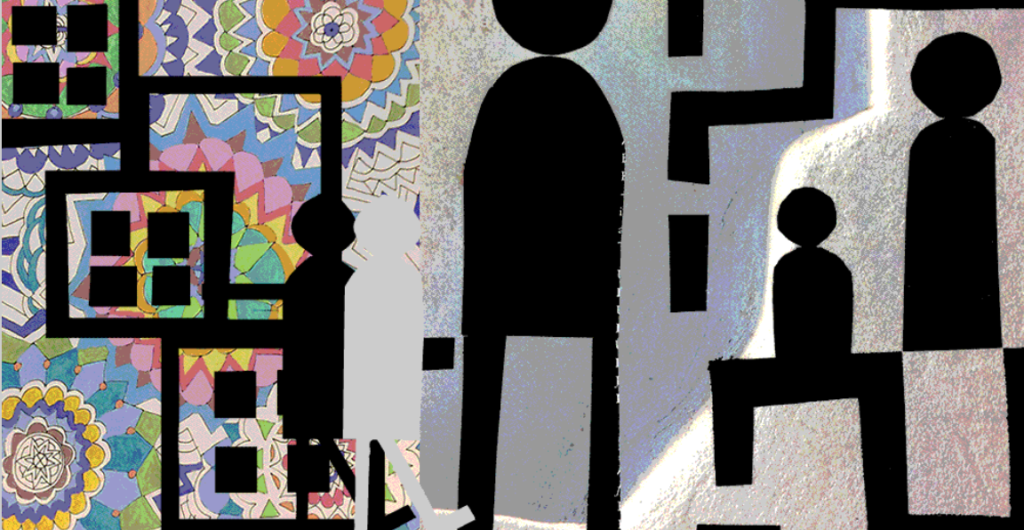
Jody Zellen, Ghost City
In the new context of pandemic quarantine, Zellen has revisited a Net Art project she first began in the late 1990s called Ghost City. “It is an ongoing creation of new web pages containing fragmented images and texts that are a poetic meditation on isolation,” Zellen says. “It feels like a ghost town everywhere these days.” With the addition of the new Avenue S “neighborhood,” this world’s dimensions expand to include combinations of line-drawing, captured video, borrowed and original text, simple and hybrid animations, sliding-door stories, and visualized data set narrations about mask-wearing, political protest and mass unemployment.
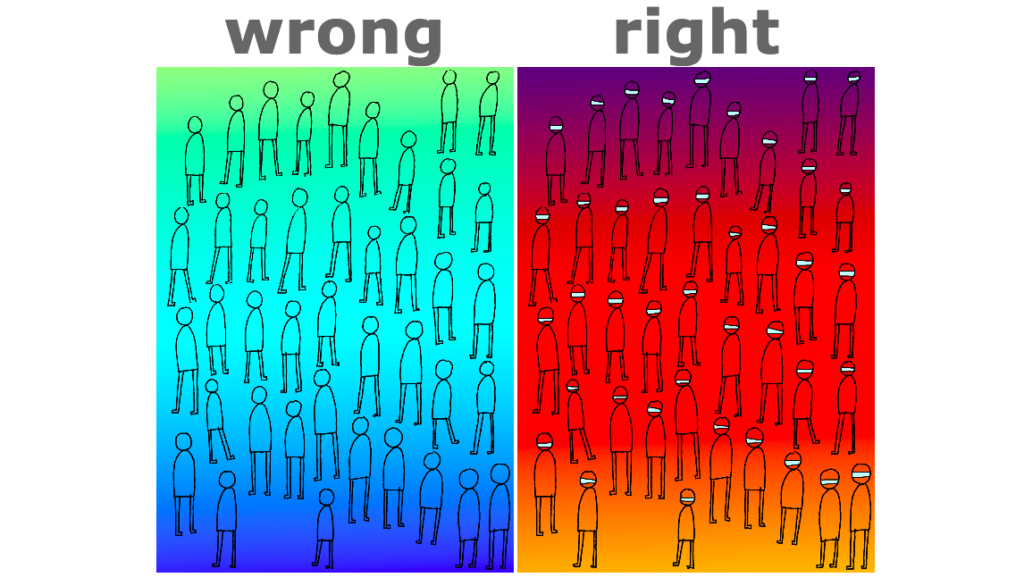
Jody Zellen, Ghost City
Zellen is now adding new pages on a regular basis so Ghost City is, much like the internet itself, a constantly changing and ever-growing archive. She’s up to at least 100 unique pages — each one its own self-contained and dynamic piece. One special project within a project is the data visualization unemployment.world which illustrates global joblessness by country through animated wandering figures.
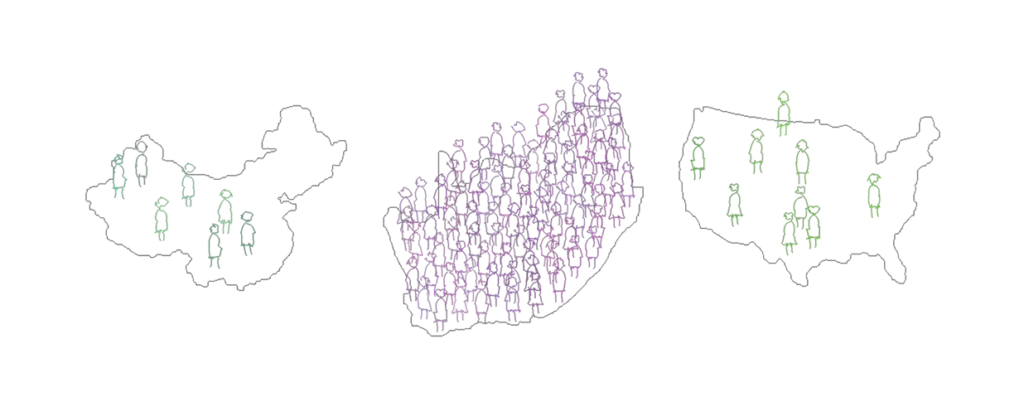
Jody Zellen, Ghost City (Unemployed World)
You navigate the site in a randomized fashion, by hitting any of the three red squares at the bottom of each page, and letting them take you where they take you. It’s a bit like a slot machine and a bit like surfing the internet, except the universe of possible landings are, unlike both those things, all but guaranteed to spark delight and reward curiosity.
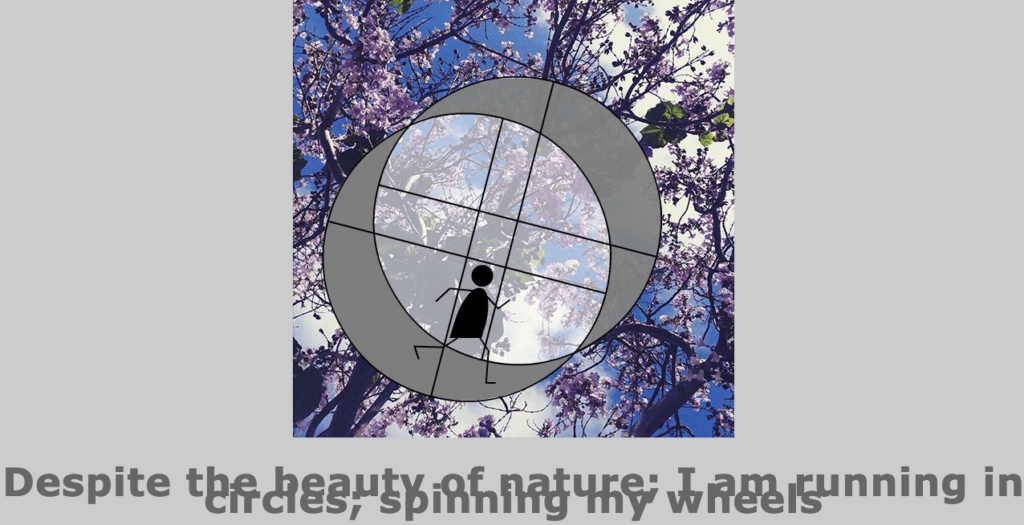
Jody Zellen, Ghost City
From quirky palettes and familiar symbolism, to culled headline news and schematic figures, self-populating images of crowds and isolation, across abstraction to photojournalism, and with a healthy respect for short attention spans, each piece explores its own moment within the broader theme — its own part of town in Ghost City — and the overall effect feels like a map of our collective, absent, dreamy, distanced psyche. Give yourself time to get lost in it.
For more information, visit jodyzellen.com.
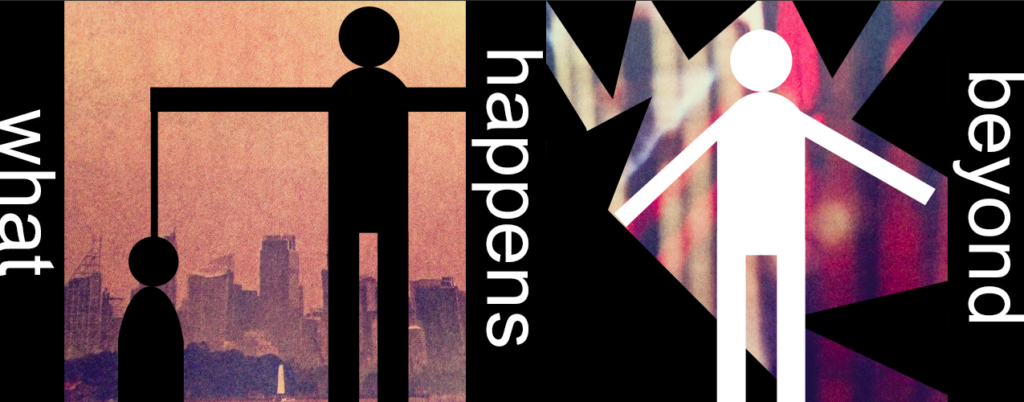
Jody Zellen, Ghost City
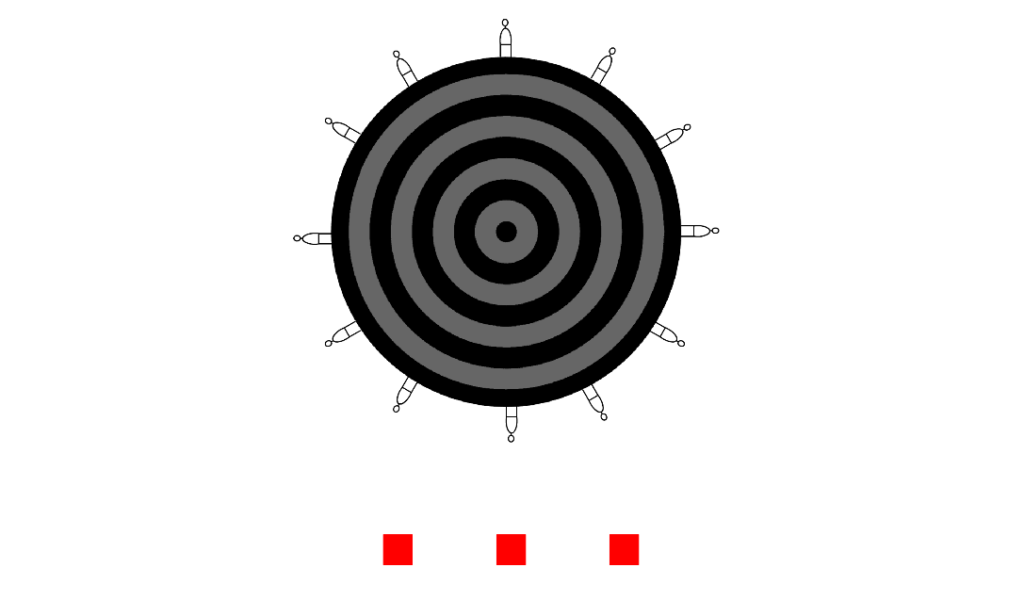
Jody Zellen, Ghost City
Advertising disclosure: We may receive compensation for some of the links in our stories. Thank you for supporting LA Weekly and our advertisers.

